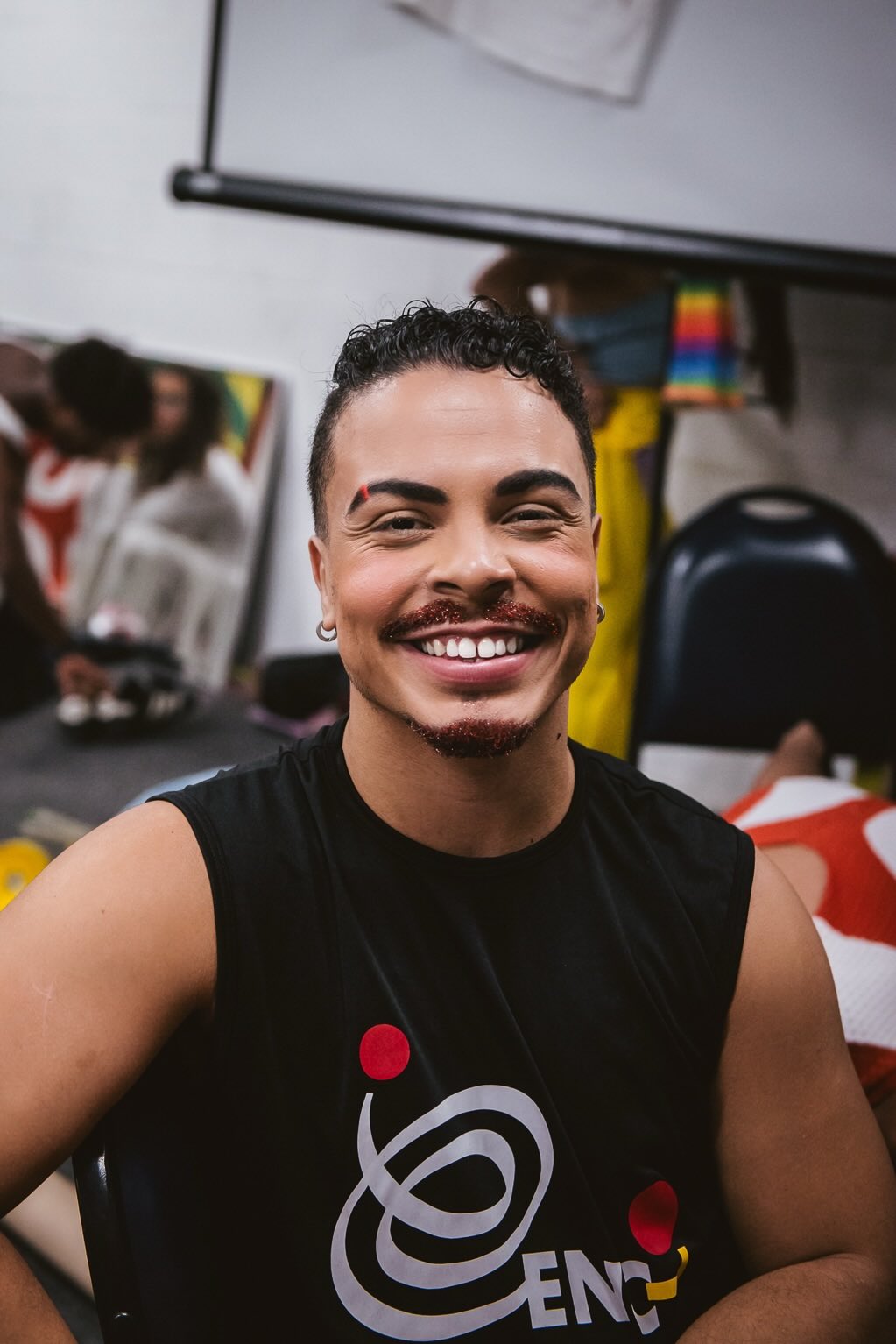What is contortion?
Contortion is a circus performance discipline that focusses majorly on the extreme flexibility of the performer. Those that perform contortion are called Contortionists. At their highest level their training parallels the same amount of discipline as many of the world’s top athletes. Practicing contortion takes huge amounts of commitment and discipline from the participants, with many many hundreds if not thousands of hours devoted to get to the high levels of performance. Contortion acts are composed of multiple tricks along with transitions between static poses which are then held comfortably and confidently to demonstrate the apex of the contortionist’s flexibility. The poses that contortionists perform in their acts are usually not their very maximal range, as this can’t be confidently displayed in performance in an aesthetically pleasing way.
Where did contortion come from?
Displays of extreme feats of flexibility have been encountered all around the world for possibly thousands of years in various forms. Different cultures have fostered different contortion disciplines, the most traditional or classical approach being that of Mongolian contortionists who have world fame for their long history of training contortion performers as well as having contortion tied to recognised aspects of Mongolian culture, so much so that a bid to protect contortion as a Mongolian heritage was submitted in 2012.
Contortion performances have distinct styles all around the world.
Mongolian performances are seen as the classical interpretation of contortion. Their performances are slow, flowing and seemingly effortless. They incorporate elements of dance and storytelling into their performances. Performers traditionally wear tight fitting unitards presented in bright colours or adorned with rhinestones. The costumes are also usually accompanied with headwear in the form of a hair band or a hat. Handbalancing is also an integral part of Mongolian contortion performance, with high level performers completing poses that require one arm hand balancing while completing front split in a scorpion handstand. Generally the use of props is minimal in Mongolian performance however some common items performers use can include performance table, canes and in some cases a mouth stand for Marinelli bend pose.
The performances are usually accompanied by traditional Mongolian music, or western classical music that is fairly slow and relaxing, rather than dramatic. More often than not, Mongolian acts are performed solo, however it is not uncommon for duo and group acts to be seen.
Ghanian and Tanzanian performers have a much more dynamic style, commonly incorporating acrobatics into their generally energetic performance. African acts are generally performed in groups, each member having a different characteristic or ability so commonly there is one or two that capture the contortion skills.
Types of contortion performance
Contortion can be performed in a number of different ways depending on the performer, audience and venue. Some contortionists opt to perform with a simple contemporary style with little costume and props, while others enjoy fully immersing themselves into a dramatic characterisation performance which might include heavy use of costume, props and environment. Contortion performances can also be paired with different skills. Most frequently hand balancing is chosen as this naturally pairs with the types of transition a performer needs to complete in order to get in and out of certain poses, especially if their performance focus is in backbending.
Contortion performers are increasingly pairing other disciplines with their skills such as aerial arts or tumbling which can add another dimension to their performances. This tends to muddy the waters slightly when it comes to categorising a performance in that is it a contortion performance with aerial elements, or is it an aerial performance with partial contortion components.
Are there different types of contortion?
Contortionists tend to categorise themselves on where their strengths lie in their levels of flexibility. While it is generally accepted that all contortionists can easily do the various levels of splits, different performers will gravitate to either frontbending or backbending more, depending on their preference. Frontbenders tend to have more mobility in their hamstrings, hips and spine allow them to create acts around poses such as fold-through and human knot.
Backbending focusses much more on the spine curling backwards with help from the shoulders and hip flexors to create arches in the back and body. Backbending is seen as the more visually aesthetic side of contortion performance due to the visual lines created by the body in addition to the ability to make these performances much more graceful than their frontbending counterparts.
How do people start training for contortion?
There are a few ways that people move into contortion performance. Most most obvious route is for those that display greater than normal range of motion naturally. These people gravitate towards activities where this natural advantage helps them progress.
Those involved with disciplines such as gymnastics, circus arts and sometimes even yoga disciplines usually require flexibility as part of their practice. If they have an active interest in improving in this area, contortion can be seen by many as the natural next step for them to move to.
Contortion is best practiced under the supervision of knowledgable coaches, and while there is an increasing popularity of “self taught” contortionists, the best practices and safest training methods can be learnt from seasoned coaches.
Where can I see contortion?
Contortion acts appear in numerous places. As it is a circus discipline, most commonly contortion acts can be found in the lineup of circus performances. Contortion acts are also used in places such as corporate events or weddings as ambient performers to add extra dynamism.





